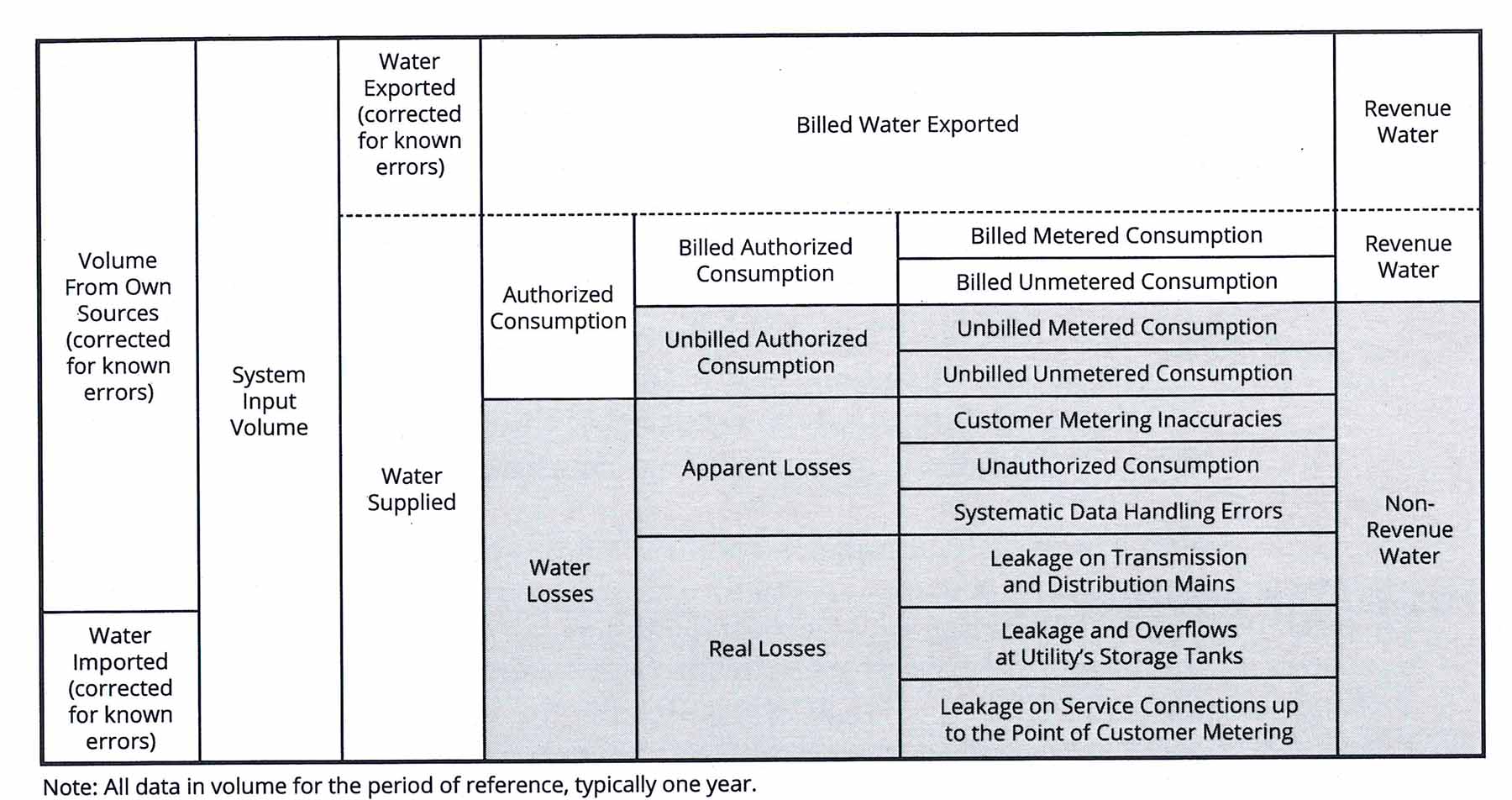PSC's Water Loss Control Initiative
In order to protect natural and financial resources and encourage system efficiency, Wis. Admin. PSC 185 requires that every Wisconsin utility implement a water loss control program that includes the following components:
-
Meter all water sales
-
Maintain and verify the accuracy of customer and production meters
-
Identify and repair leaks in the distribution system to the extent that it is reasonable
-
Control water use from hydrants
-
Maintain records of system pumpage and water consumption
-
Conduct an annual water audit
Annual Water Audit
A utility must report results of its annual water audit to the Commission no later than May 1 on Page W15 of the utility's PSC Annual Report. The water audit follows the procedures identified in the American Water Works Association's (AWWA) Manual of Practices for Water Audits and Loss Control Programs (M36). Best practices for water loss control are focused around a water balance that breaks down water entering and leaving the distribution system as follows:
 Source: American Water Works Association, "M36 Water Audits and Loss Control Programs, Fourth Edition"
Source: American Water Works Association, "M36 Water Audits and Loss Control Programs, Fourth Edition"
To help utilities maximize the benefits of conducting an annual water audit, Commission staff recommends utilities use the most recent version of AWWA's Free Water Audit Software. This spreadsheet tool helps quantify and track losses, as well as identify cost effective measures to improve system efficiency and cost recovery. To see how to use PSC Annual Report data in conjunction with the AWWA spreadsheet tool, see How to Use W-15 Data as Inputs for an M36 Water Audit. In addition to the AWWA tool, the Water Research Foundation (WRF) has developed a Free Leakage Component Analysis Tool.
Resources